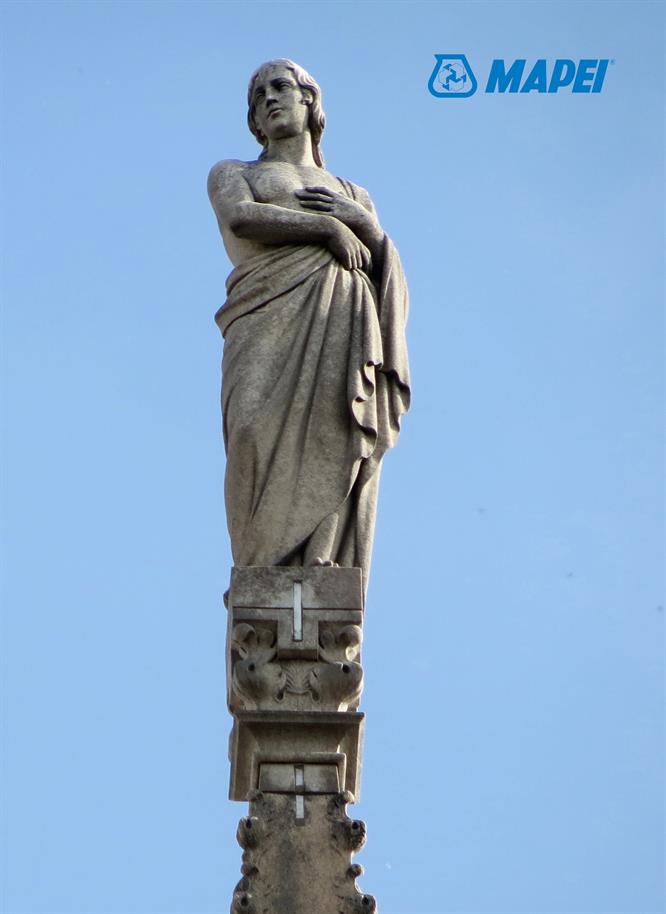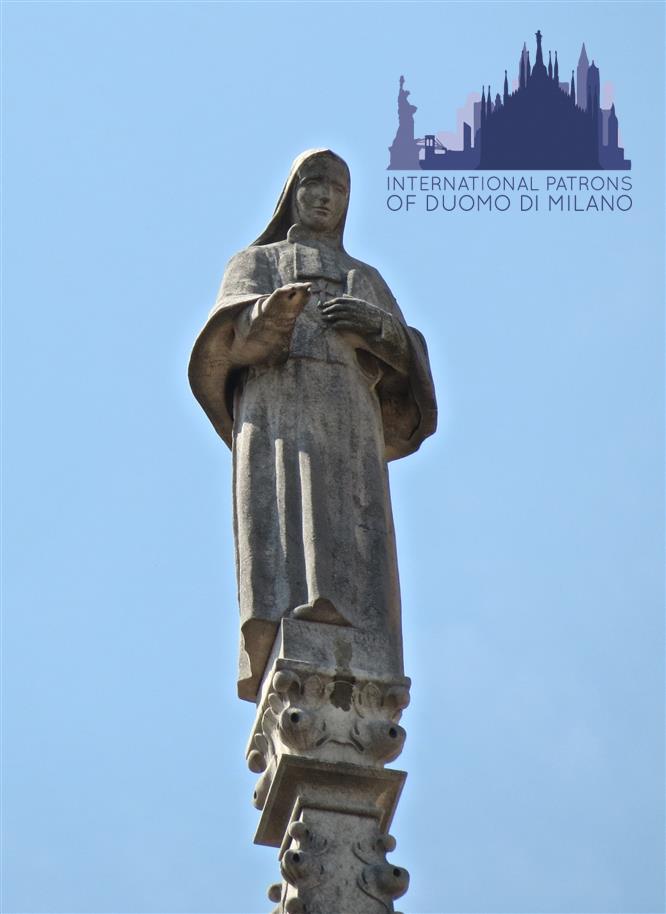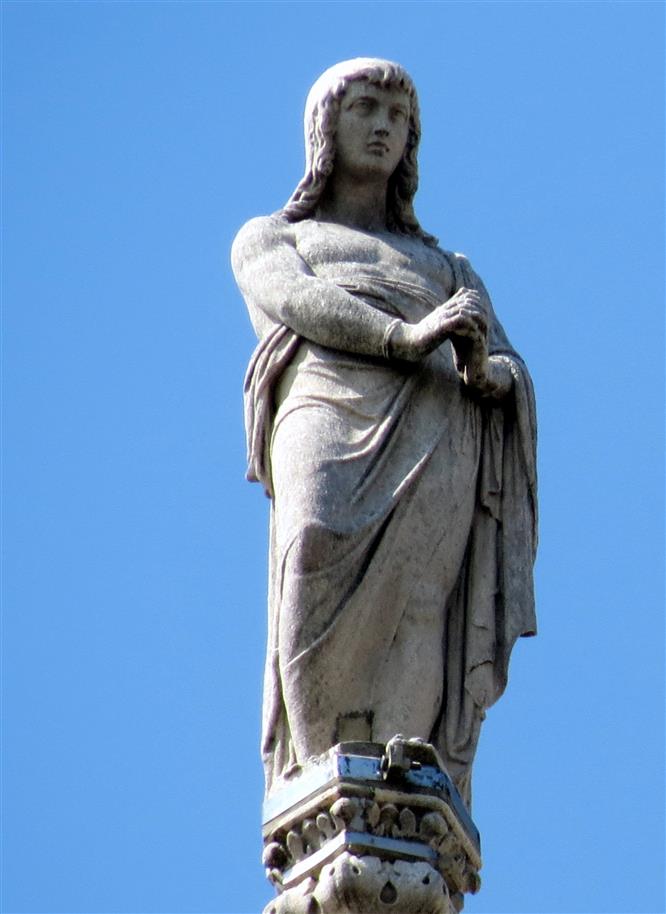St. Proculus (… – Bologna, ca. 304) was a Roman soldier martyred in Bologna during the persecution of Diocletian, and venerated as a saint of the Catholic Church. Proculus is remembered by Victricius of Rouen and Paulinus of Nola, who associates him with the martyrs Vitalis and Agricola. The worship of the saint in the city of Bologna has ancient origins. Around one Proculus martyr in Bologna, tradition has created two legendary lives, which differ in some important details. In the first, Proculus is said to have been a soldier and an untiring spreader of Christianity among the Aryans and pagans of the northern-Italian city. After clashing with the prefect Marinus, the latter decided to kill him and sentenced him to be beheaded. With his decapitated head in his hands, he went to the place where a church was later erected in his honor. According to another Passion, Proculus arrived in Rome from Syria. Having taken refuge in Terni, he became bishop of the city and, persecuted by Totilas, he arrived in Bologna where he was martyred by decapitation. Both hagiographies took shape after the 11th century and are proof of the will of the Bolognese Benedictines of the monastery of St. Proculus to propose for worship, on one hand, a champion of the freedom of the Communes and, on the other, a martyr bishop to set up against the new patron saint, the city’s bishop Petronius. In particular, the first legend imitates a documented historical event that describes the popular uprising of 1164 against the imperial deputy of Frederick I Barbarossa, which ended with his killing. In 1389, when exploring the sarcophagus where the remains of the Saint were laid to rest, two bodies were found, hence substantiating the two different legends, that of Proculus the soldier and the one of Proculus the bishop. Both the Hieronymian Martyrology and the Roman Martyrology set the feast day of St. Proculus on June 1st: “At Bologna, St. Proculus, martyr, who for Christian truth was pierced with beam nails.”
ST. PROCULUS
Symbol: Palm
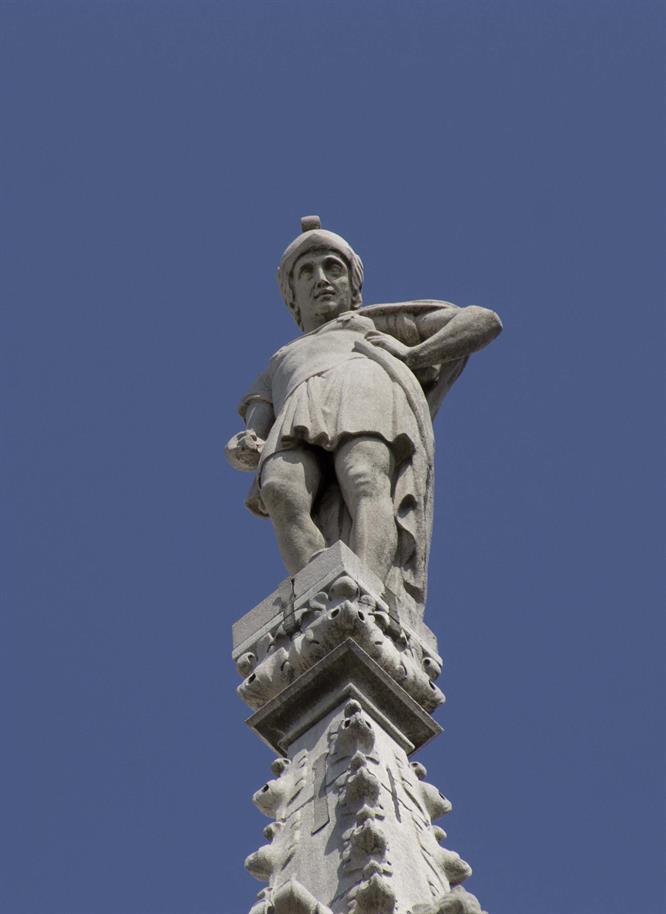
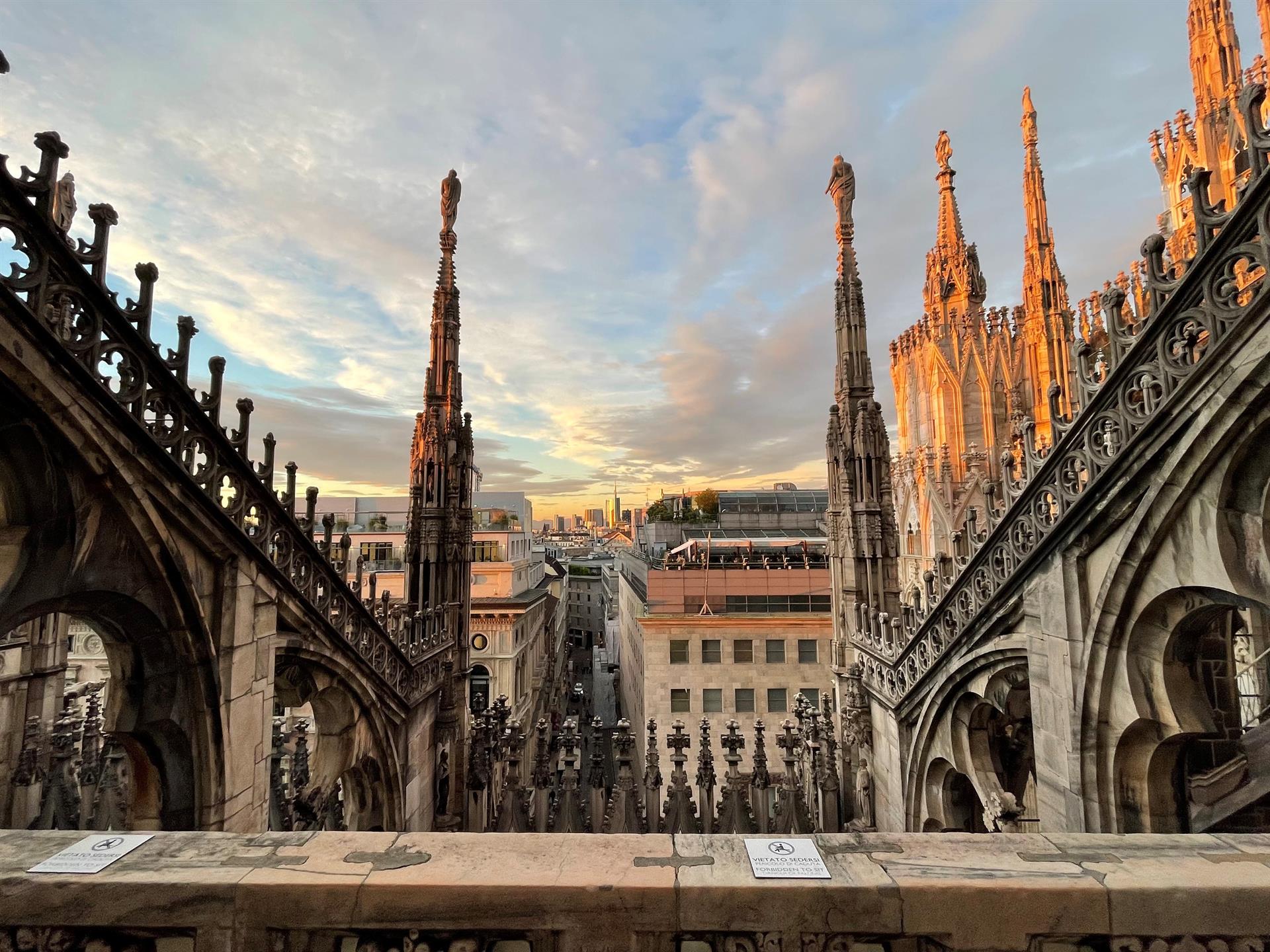
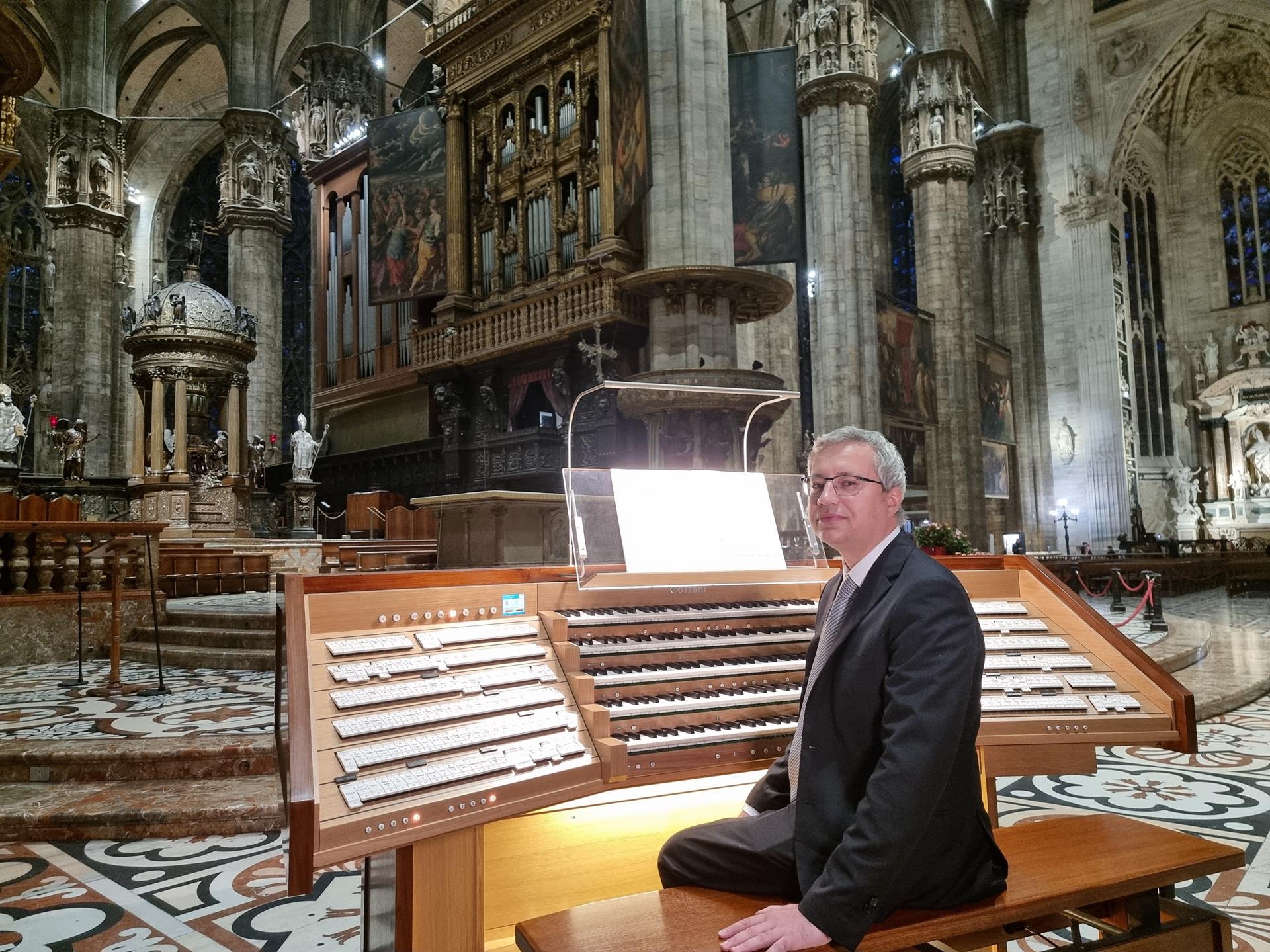
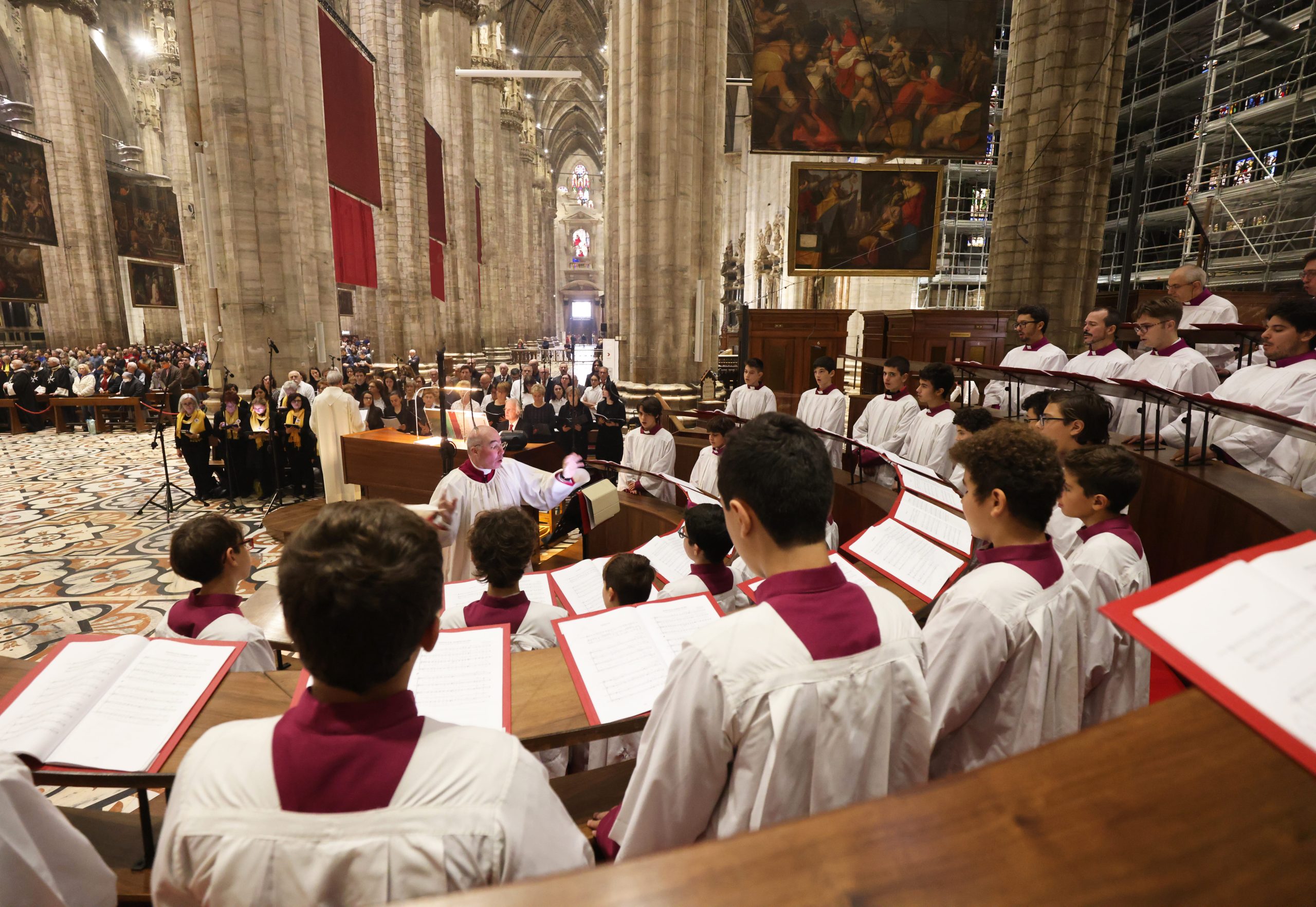
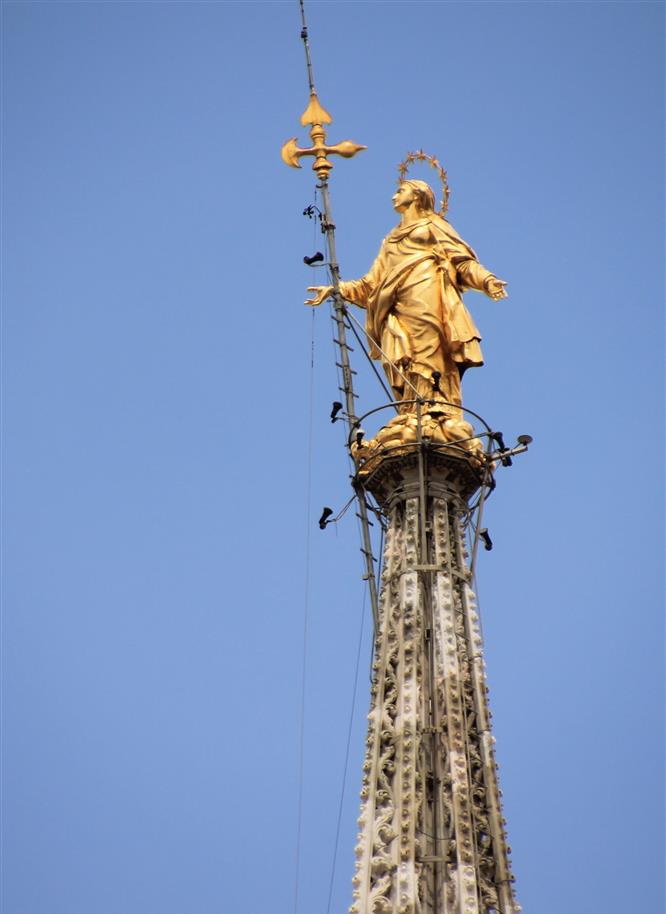
 Tiburio
Tiburio